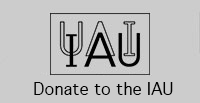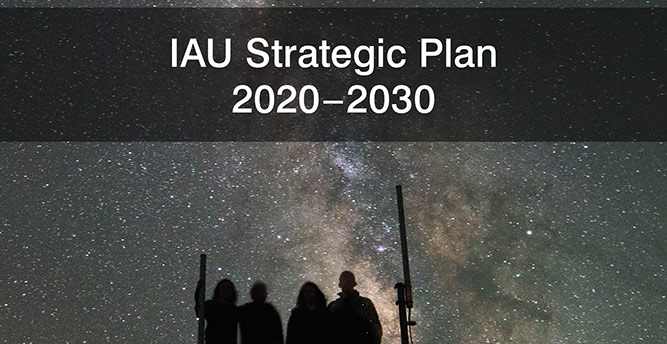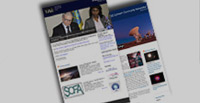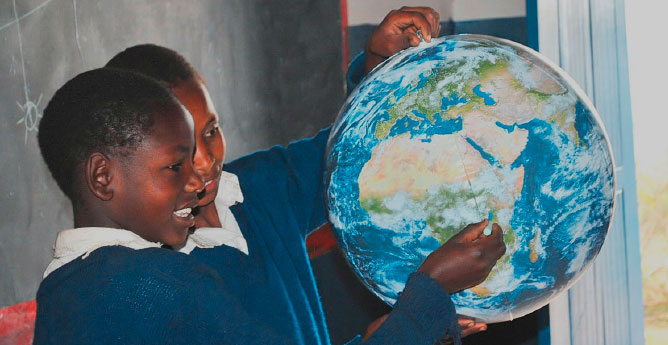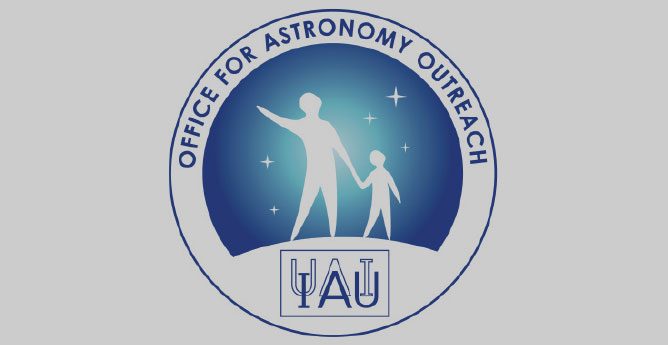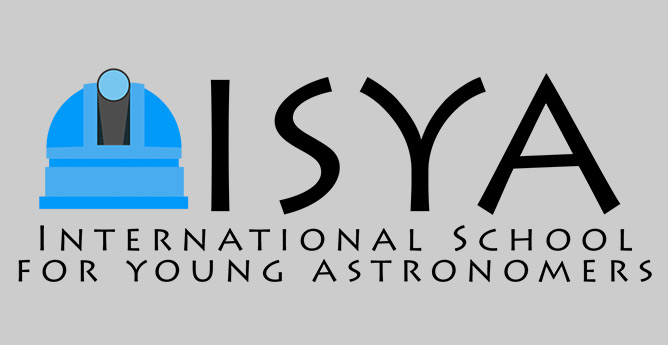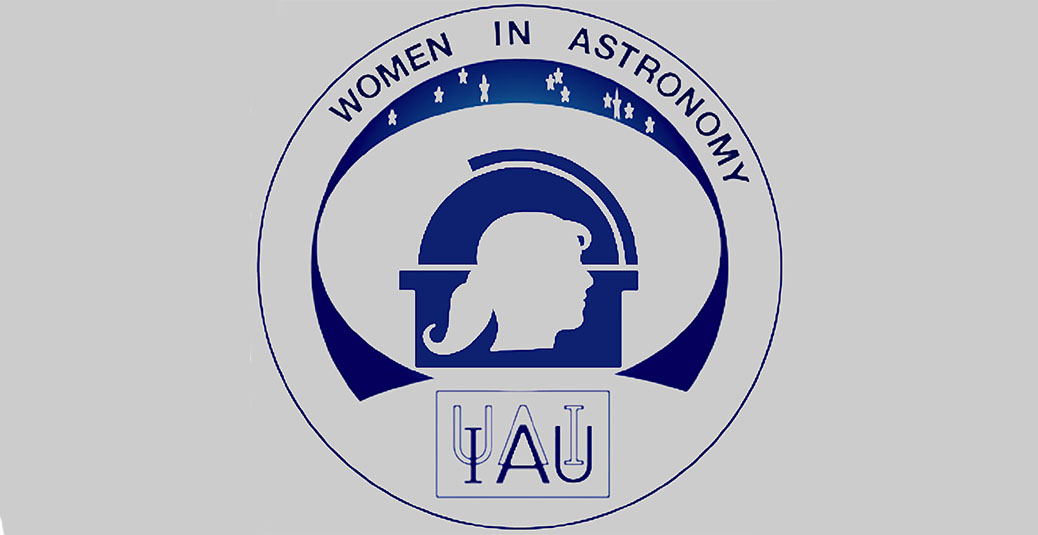- News
- Science
- Scientific Bodies
- Divisions
- Commissions
- Commission A1 Structure
- Commission A2 Structure
- Commission A3 Structure
- Commission A4 Structure
- Commission B1 Structure
- Commission B2 Structure
- Commission B3 Structure
- Commission B4 Structure
- Commission B5 Structure
- Commission B6 Structure
- Commission B7 Structure
- Commission C1 Structure
- Commission C2 Structure
- Commission C3 Structure
- Commission C4 Structure
- Commission C5 Structure
- Commission D1 Structure
- Commission E1 Structure
- Commission E2 Structure
- Commission E3 Structure
- Commission E4 Structure
- Commission F1 Structure
- Commission F2 Structure
- Commission F3 Structure
- Commission F4 Structure
- Commission G1 Structure
- Commission G2 Structure
- Commission G3 Structure
- Commission G4 Structure
- Commission G5 Structure
- Commission H1 Structure
- Commission H2 Structure
- Commission H3 Structure
- Commission H4 Structure
- Commission J1 Structure
- Commission J2 Structure
- Commission J3 Structure
- Commission X1 Structure
- Commission X2 Structure
- Past Commission Organising Committees
- Working Groups
- Centres
- Scientific Meetings
- Rules & Guidelines
- General Assemblies
- Meeting Proposals
- Future IAU Meetings
- General Assemblies
- EC Meetings
- Officers' Meetings
- Regional Meetings
- Symposia
- Focus Meetings
- Institutional Meetings
- IAU Offices Meetings
- IAU-Sponsored Meetings
- Letters of Intent submitted for 2024
- Letters of Intent submitted for 2023
- Letters of Intent submitted for 2022
- Letters of Intent submitted for 2021
- Letters of Intent submitted for 2020
- Past IAU Meetings
- Templates
- Other Meetings
- Grants & Prizes
- Scientific Bodies
- Publications
- IAU Publications
- IAU Strategic Plan
- Symposia
- WGSBN Bulletins
- Regional Meetings
- Information Bulletins/Catalyst
- E-Newsletters
- Focus Meetings
- Transactions A
- Transactions B
- Related Publications
- GA Newspapers
- CAPjournal
- IAU Books
- Brochures
- IAU Offices
- WG Reports
- Commission Reports
- Division Reports
- Past IAU Publications
- Rules, Guidelines and Instructions for Proceedings
- Publishers
- IAU Publications
- Administration
- About the IAU
- Statutes & Rules
- IAU Policies
- IAU Executive Bodies
- IAU Secretariat
- Resolutions
- Members Administration
- Administrative Dates & Deadlines
- International Organisations Relations
- Donate to the IAU
- Training in Astronomy
- Astronomy for Education
- Astronomy for Development
- Astronomy for the Public
- Office for Astronomy Outreach
- FAQ
- Themes
- Satellite Constellations
- Astronomy in Everyday Life
- How to Report a Discovery
- Careers in Astronomy
- Defining our Place in the Cosmos
- The Constellations
- Light Pollution
- Measuring the Universe
- Near Earth Objects
- How to Participate in Astronomy Research
- Naming of Astronomical Objects
- Naming of Exoplanets
- Buying Star Names
- Naming Stars
- Pluto and the Solar System
- IAU Member Statistics
- Our Moon: the Moon
- Meteors & Meteorites: The IAU Definitions of Meteor Terms
- UNESCO-IAU Portal to the Heritage of Astronomy
- Social Media
- Past Events
- Call for Online Resources
- Astronomy@Home Awards
- Contact
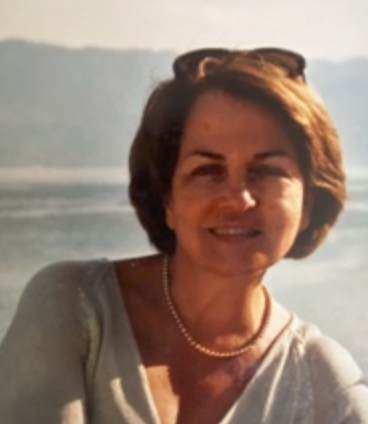
Anny-Chantal Levasseur-Regourd
France
1945-2022
Obituary:
Anny-Chantal Levasseur-Regourd was an astrophysicist born in 1945 who passed away in August, 2022.
Anny-Chantal Levasseur-Regourd pursued her research career at the Service d’Aéronomie (LATMOS institute since 2009) and her teaching as an assistant professor to Jacques Blamont at the Université Pierre et Marie Curie (Paris VI). She was appointed professor of astronomy and space physics in 1985 and became professor emeritus in 2013.
After her studies at the Ecole Normale Supérieure of Cachan, she defended her PhD in Physical Sciences in 1976 under the supervision of Jacques Blamont. She analyzed the atmospheric and astronomical observations made by the D2A satellite with a contribution to the study of the zodiacal light. In 1977, she applied to the ESA astronaut selection campaign and was the only woman selected amongst the final participants.
After her PhD, she collaborated with René Dumont on studies of the interplanetary medium and zodiacal light. These observations gave the first global map in intensity and polarization of the zodiacal light and provided constraints on the local physical properties of the interplanetary dust particles.
ACLR participated in the international campaign of Halley’s comet return in 1986 both with observations from the ground and as the PI of the OPE experiment on-board the European Giotto spacecraft, which observed the linear polarization in the inner coma of Halley. Results showed the presence of low density solid particles and light scattering mostly by large particles. Her work helped define a classification of comets based on their polarization phase curves, a result still discussed in the astronomical community today. She also studied the internal regions of cometary coma by polarimetric imaging.
She continued her work on the study of light scattering by irregular particles by developing facilities in the laboratory and in microgravity (such as PROGRA2, CODAG and ICAPS-LSU) to study simultaneously the intensity and polarization phase curves of aggregating particles under microgravity. A reduced version of the ICAPS experiment will soon fly on-board a TEXUS rocket.
ACLR’s participation in the Rosetta mission was focused on determining the physical properties of the cometary nucleus and the ejected dust particles. These particles were demonstrated to present fractal structures down to nanometer scales with a composition dominated by organic material. Anny-Chantal was also the PI of the EyeSat student nanosatellite launched by the CNES in 2019. Finally, she actively participated in the development of the EnVisS camera, a multiwavelength polarimetric imager of the ESA Comet Interceptor spacecraft due to be launched in 2029 and dedicated to observing a fresh or interstellar comet.
In summary, Anny-Chantal combined in her work ground-based and space-based observations together with laboratory and numerical simulations to better understand the physical properties of solid dust particles ejected from comets. The object of her studies were mostly linked to the small bodies of the solar system, comets and asteroids with their similarities and differences, the solid particles they eject, and the interplanetary dust medium that results from their interactions.
She supervised seven PhD students. A dedicated teacher, she never hesitated to motivate her students to give their best, and helped advance their growth as researchers. She pushed forward their work at international conferences and also encouraged them to present their own work. She was particularly enthusiastic about supporting the recognition and advancement of her female colleagues.
Outside of her advising work, she developed numerous national and international collaborations in all the domains of study of the solar system small bodies and light scattering by solid particles which lead to 179 refereed papers (241 conference abstracts).
Anny-Chantal loved to share her passion and she participated in the writing of public outreach books on astronomy (5 books) and to television lectures (for example on canal-U). She delivered numerous public outreach conferences and animations of the astronomical community. She was most notably the President of the French Committee for the organization of the International Year of Astronomy 2009. The asteroid 6170 is named Levasseur in her honor. In recognition of her scientific work, she was appointed Officier de la Légion d’honneur in 2013 and was awarded the following prizes: prix Thorlet de l’Académie des sciences (1976), prix Glaxo de vulgarisation scientifique (1982), prix des Dames de la Société Astronomique de France (1986).
References:
https://www.whoswho.fr/decede/biographie-anny-chantal-levasseur-regourd_15586
https://www.forevermissed.com/aclr/about
Past affiliation(s) within the IAU
- Past President of Commission 21 Galactic and Extragalactic Background Radiation (1988-1991)
- Past Vice-President of Commission 21 Galactic and Extragalactic Background Radiation (1985-1988)
- Past Organizing Committee Member of Commission 21 Galactic and Extragalactic Background Radiation (2012-2015)
- Past Organizing Committee Member of Commission 51 Bio-Astronomy (2012-2015)
- Past Organizing Committee Member of Commission 21 Galactic and Extragalactic Background Radiation (2009-2012)
- Past Organizing Committee Member of Commission 51 Bio-Astronomy (2009-2012)
- Past Organizing Committee Member of Division III Planetary Systems Sciences (2006-2009)
- Past Organizing Committee Member of Commission 21 Galactic and Extragalactic Background Radiation (2006-2009)
- Past Organizing Committee Member of Division III Planetary Systems Sciences (2003-2006)
- Past Organizing Committee Member of Commission 21 Galactic and Extragalactic Background Radiation (2000-2003)
- Past Organizing Committee Member of Commission 15 Physical Study of Comets & Minor Planets (1997-2000)
- Past Organizing Committee Member of Commission 21 Galactic and Extragalactic Background Radiation (1997-2000)
- Past Organizing Committee Member of Commission 15 Physical Study of Comets & Minor Planets (1994-1997)
- Past Organizing Committee Member of Commission 21 Galactic and Extragalactic Background Radiation (1994-1997)
- Past Organizing Committee Member of Commission 21 Galactic and Extragalactic Background Radiation (1991-1994)
- Past Organizing Committee Member of Commission 21 Galactic and Extragalactic Background Radiation (1982-1985)
- Past Organizing Committee Member of Commission 21 Galactic and Extragalactic Background Radiation (1979-1982)
- Past Member of Division B Facilities, Technologies and Data Science (2015-2022)
- Past Member of Division C Education, Outreach and Heritage (until 2022)
- Past Member of Division F Planetary Systems and Astrobiology (until 2022)
- Past Member of Division J Galaxies and Cosmology (until 2022)
- Past Member of Commission B5 Laboratory Astrophysics (2015-2022)
- Past Member of Commission F1 Meteors, Meteorites and Interplanetary Dust (2015-2022)
- Past Member of Commission F3 Astrobiology (2015-2022)
- Past Member of Commission 15 Physical Study of Comets & Minor Planets (until 2015)
- Past Member of Commission 21 Galactic and Extragalactic Background Radiation (1979-2015)
- Past Member of Commission 22 Meteors, Meteorites & Interplanetary Dust (until 2015)
- Past Member of Commission 51 Bio-Astronomy (2009-2015)
- Past Member of Commission 15 WG - TG On Asteroid Polarimetric Albedo Calibration (until 2015)
- Past Member of Division III Planetary Systems Sciences (2003-2009)
Areas of interest
1 - General: 1.3 - History and philosophy of astronomy, 1.6 - Astronomy Education, 1.8 - Communicating Astronomy with the Public, 1.9 - Astronomy outreach
2 - Physical data and processes: 2.2 - Astrobiology, 2.5 - Accretion, accretion disks
3 - Astronomical instrumentation, methods and techniques: 3.1 - Atmospheric effects, 3.3 - Instrumentation, 3.7 - Space vehicles, 3.8 - Space instruments, 3.10 - Telescopes: optical
4 - Astronomical data bases: 4.1 - Astronomical databases: miscellaneous
5 - Astrometry and celestial mechanics: 5.2 - Celestial mechanics
7 - Planetary systems: 7.2 - Moon, 7.3 - Comets, 7.5 - Interplanetary medium, 7.8 - Minor planets, asteroids, 7.9 - Near Earth Objects
8 - Stars: 8.7 - Stars: circumstellar matter
9 - Interstellar medium (ISM), nebulae: 9.8 - ISM: general
Search individual members
